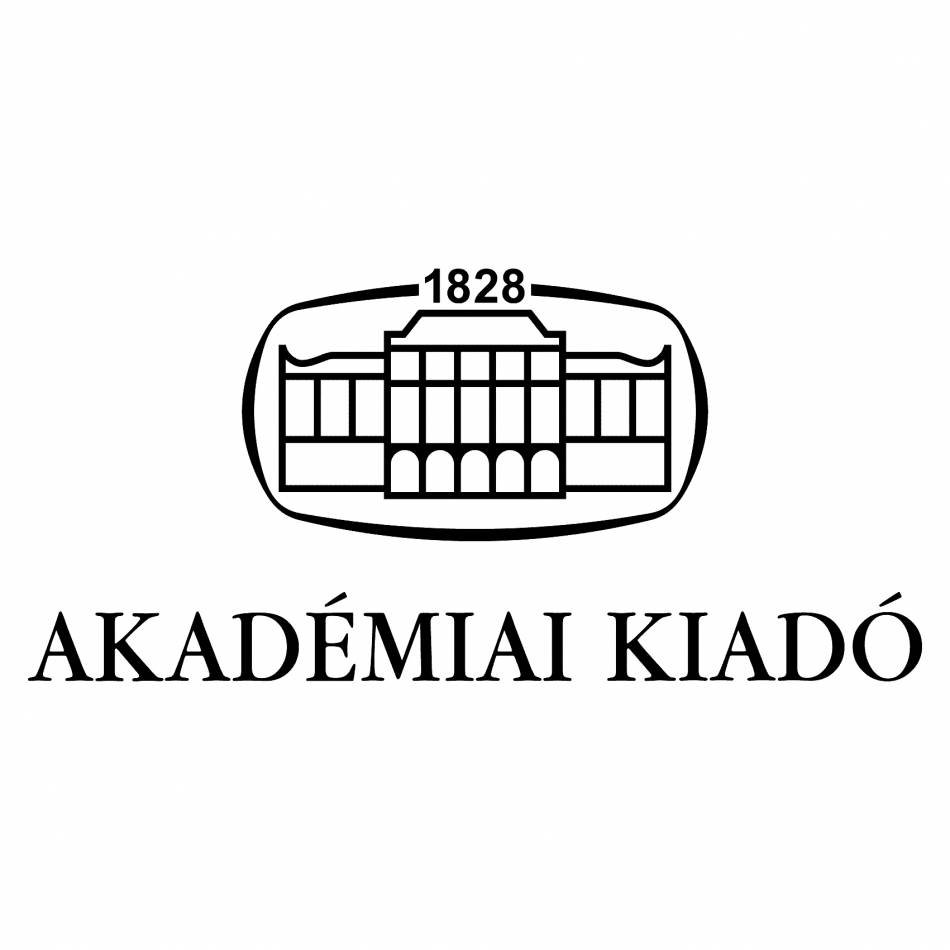The spread and utilization of both steel and the synthetic fibre reinforced concrete in the industry demand the constant improvement of calculation methods. Quantity of the fibres passing through the unit cross section is a relevant parameter: on one hand it gives information about the efficiency of the fibres, while on the other hand by counting the fibres on the surface of the broken test specimen the evenness of the fibres’ mingling can be examined or dispersion of the results can be decreased. Therefore for most of the material model the initial parameter is the quantity of fibres passing through the unit cross section.
Fibres located at the fibre reinforced concrete are supposed to be mixed evenly and homogenously while the fibre orientation is random. However, this orientation changes near the formwork as fibres become partly directional, which affects the quantity of the fibres passing through the unit cross section as well. Researchers were interested in defining this quantity even at the early examination stages of fibre reinforced concrete, so for their definition there are theoretical, semi-empirical and empirical formulas as well in literature. In the current article I will examine the changing of orientation near the formwork and I also differentiate between the rigid (steel) and flexible (synthetic) fibres. I will demonstrate new calculation methods for the quantity of fibres passing through the unit cross section that involve both the wall-effect and the stiffness of the fibres.
#EET #FRC #orientation


